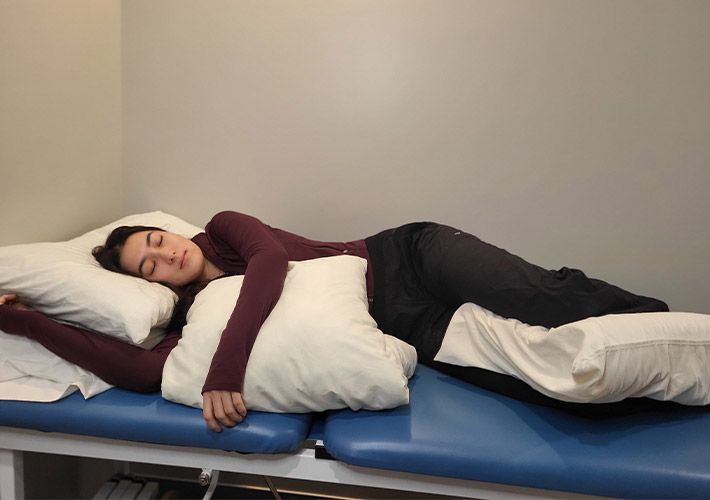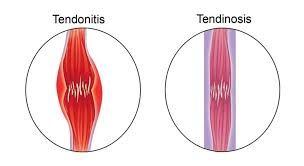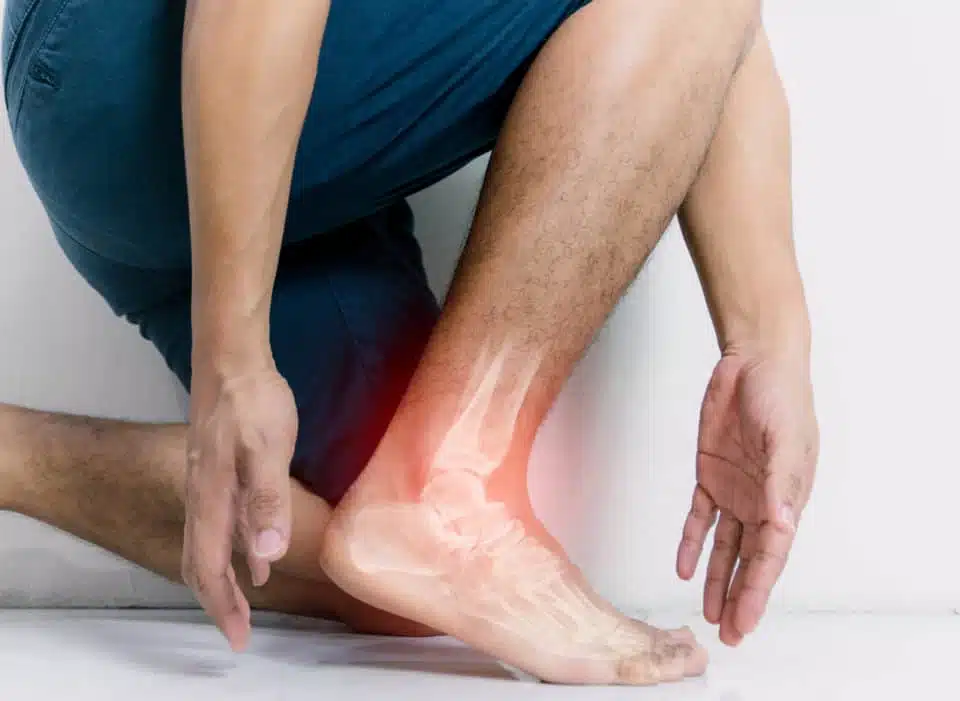Pelvic Floor Physical Therapy

The Importance of Pelvic Floor Physical Therapy
When most people think of physical therapy, they picture exercises for their back, neck, or maybe a post-surgery recovery plan—but one vital area often gets overlooked: the pelvic floor. This complex group of muscles plays a critical role in your body’s core stability, bladder and bowel function, and even sexual health. Yet, many people aren’t aware of how important it is—or that pelvic floor dysfunction is surprisingly common.
At Peak Performance, we don’t offer pelvic floor physical therapy in-house, but we understand how essential it can be to your overall wellness. We work closely with excellent local professionals who specialize in this care and are happy to refer you when appropriate. In the meantime, let’s break down what pelvic floor therapy is, who it can benefit, and how it complements chiropractic care and massage therapy.
What Is Pelvic Floor Physical Therapy?
Pelvic floor physical therapy focuses on assessing and treating the muscles, ligaments, and connective tissues in the pelvic region. The pelvic floor is like a hammock of muscles that spans the base of your pelvis—supporting your bladder, uterus (or prostate), and rectum. When these muscles become weak, tight, or uncoordinated, it can lead to a range of uncomfortable or even painful symptoms.
A pelvic floor physical therapist is trained to evaluate how well these muscles function and to design individualized exercises or treatments to restore strength, mobility, and coordination. Techniques can include:
- Manual therapy: Hands-on techniques to release muscle tension or trigger points in the pelvic floor and surrounding areas.
- Biofeedback: Using sensors to help patients learn how to activate or relax specific muscles.
- Targeted exercises: To build endurance and strength in weakened areas.
- Education: On posture, breathing, and proper body mechanics to support pelvic floor health.
The goal isn’t just to “strengthen” the pelvic floor—it’s to optimize its function. For some patients, that means learning to relax overly tight muscles. For others, it means building up strength and endurance to prevent leakage or instability.
Who Can Benefit from Pelvic Floor Physical Therapy?
Pelvic floor dysfunction can affect anyone—men and women, young and old, athletes and non-athletes alike. It’s more common than most people realize, and it can stem from a wide range of causes, including pregnancy, childbirth, surgery, aging, heavy lifting, or even high-impact sports.
Here are just a few groups who can benefit:
1. Postpartum Individuals
Pregnancy and childbirth place a tremendous amount of stress on the pelvic floor. Weakness or tearing can lead to incontinence, pain, or a feeling of heaviness. Pelvic floor therapy can help rebuild strength, restore coordination, and reduce pain after delivery.
2. People with Urinary or Bowel Issues
If you experience urinary leakage when sneezing, laughing, or exercising, or struggle with constipation, urgency, or incomplete emptying, pelvic floor therapy can help retrain the muscles that control those functions.
3. Those Experiencing Pelvic Pain
Conditions like pelvic floor myalgia, painful intercourse, or chronic pelvic pain often stem from tight, overactive muscles. Pelvic floor therapists use gentle manual techniques to relax these muscles and improve comfort.
4. Men with Pelvic or Prostate Issues
While it’s often discussed in relation to women, men can experience pelvic floor dysfunction too—especially after prostate surgery or with chronic pelvic pain. Therapy can improve bladder control and reduce discomfort.
5. Athletes and Active Individuals
Your pelvic floor is part of your core. If these muscles aren’t functioning properly, it can affect balance, posture, and performance. Strengthening and coordinating the pelvic floor can enhance stability and reduce injury risk.
6. Individuals with Low Back or Hip Pain
The pelvic floor doesn’t work in isolation—it’s deeply connected to your core, hips, and spine. If you’ve had stubborn low back or hip pain that hasn’t responded to traditional treatment, it’s worth considering whether your pelvic floor might be part of the puzzle.
How Pelvic Floor Therapy Works Alongside Chiropractic Care and Massage
At Peak Performance, we often see how interconnected the body truly is. The pelvic floor is a perfect example of that connection—it’s influenced by your spine, hips, posture, and breathing patterns. That’s why pelvic floor therapy often works best in conjunction with chiropractic care and massage therapy.
Chiropractic and Pelvic Floor Connection
Your pelvis forms the foundation for your spine. If there’s a misalignment or joint restriction in this area, it can create uneven tension on the pelvic floor muscles. Chiropractic adjustments help restore proper motion and balance to the pelvic joints, which can reduce strain on those muscles and support more effective pelvic floor rehabilitation.
For example, a rotated pelvis or sacral dysfunction can cause one side of the pelvic floor to work harder than the other—leading to pain, tightness, or incontinence. By improving alignment and joint mobility, chiropractic care helps ensure the pelvic floor can function symmetrically.
Massage Therapy and Pelvic Floor Support
Massage therapy complements both chiropractic care and pelvic floor physical therapy by targeting the surrounding muscle groups—like the hips, glutes, abdomen, and low back—that can influence pelvic alignment and tension.
When these muscles are relaxed and functioning properly, they take pressure off the pelvic floor and allow for better engagement and recovery. Therapeutic massage can also help improve circulation, reduce scar tissue (especially after childbirth or surgery), and promote relaxation for patients dealing with pain or muscle guarding in the pelvic region.
A Team Approach to Better Function
While we don’t offer pelvic floor physical therapy at Peak Performance, we recognize when it can be an important part of a patient’s recovery. Our chiropractors and massage therapists work collaboratively with trusted pelvic floor specialists in the Buffalo area to ensure you get the comprehensive care you need.
If during your assessment we suspect pelvic floor involvement, we’ll discuss your symptoms with you and refer you to a qualified provider who specializes in this type of therapy. Many of our patients find that combining chiropractic care, massage therapy, and pelvic floor PT creates the best outcomes—addressing the body from every angle.
Signs You Might Benefit from a Pelvic Floor Evaluation
If you’re unsure whether pelvic floor therapy might help you, consider the following signs:
- Leaking urine when you laugh, sneeze, or exercise
- Frequent urges to urinate or difficulty starting/stopping the stream
- Pain with intercourse
- Feeling of heaviness or pressure in the pelvis
- Chronic constipation or straining
- Ongoing hip, lower back, or pelvic pain that hasn’t improved with other treatments
These symptoms are common—but they’re not normal, and they’re definitely treatable. Pelvic floor dysfunction can impact your quality of life, but with proper treatment and a supportive care team, you can regain comfort and confidence.
The Bottom Line
Your pelvic floor is a vital part of your body’s foundation, and when it’s not functioning properly, it can affect everything from your posture to your daily comfort. Pelvic floor physical therapy offers a targeted, evidence-based way to restore strength, balance, and coordination to these essential muscles.
At Peak Performance, we’re committed to helping you feel and move your best. While we don’t provide pelvic floor physical therapy in-house, we collaborate with excellent local providers who specialize in this care. If we think you could benefit from pelvic floor therapy, we’ll help you get connected with the right professional—so you can continue working toward your wellness goals with a full support team behind you.
Your body works best when every part works together—and that includes your pelvic floor.
Bethany Wolcott
D’Youville Chiropractic ‘26












